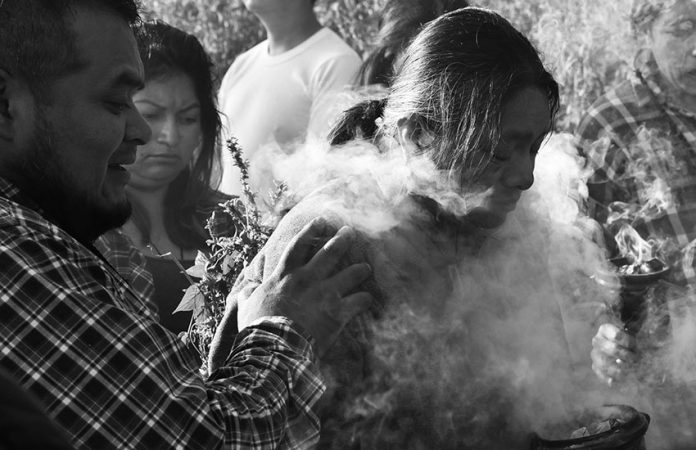Journalist Michael Pollan’s book and documentary, “How to Change Your Mind” presents convincing evidence that some psychoactive compounds — including LSD, mescaline (from the peyote cactus), MDMA and psilocybin (from certain varieties of mushrooms) — can help people suffering from a variety of psychiatric illnesses, including PTSD, depression and obsessive-compulsive behavior (OCD).
In strictly controlled clinical studies, a single dose of psilocybin has been proven to help patients with OCD, as well as cancer patients who were experiencing anxiety about their diagnosis. Many cancer patients reported losing their fear of death, and 30% who were given a dose of psilocybin said it was the most significant spiritual experience of their lives.
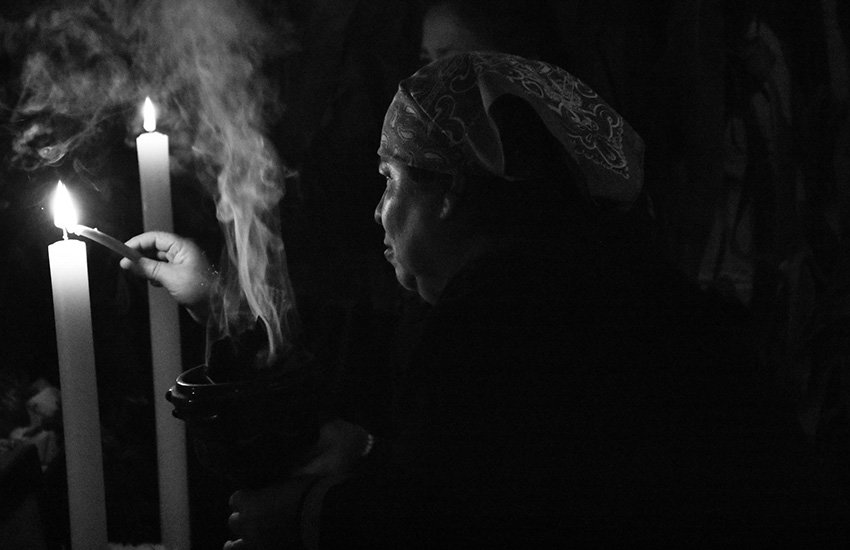
While psilocybin was virtually unknown in the US until 1955, indigenous groups in Mexico, especially the Mexica, Mayans and Mazatecans, have been using hongos sagrados — sacred mushrooms — for thousands of years. They didn’t, however, use them to cure psychiatric illnesses or to end the fear of death — though that may have been a side benefit. They used these mushrooms to communicate with the gods.
There are at least 200 species of mushrooms known to have hallucinogenic effects when ingested. Mexico has the most, with 53 varieties growing in the country. The most potent of these belong to the genus Psilocybe, and these are the ones most often used by indigenous people in Mexico.
The Mexica called the mushrooms teotlnanácatl (from the Nahuatl teotl (god) and nanácatl (fungus). Today, they’re known as hongos sagrados, niños sagrados or niños de agua.
I interviewed Dr. Mauricio Ramsés Hernández Lucas, one of Mexico’s leading experts on the use of hongos sagrados by shamans — also known as graniceros (also known as tiemperos). Graniceros, among other things, perform ceremonies or rituals to control the weather.
“Graniceros are not common beings,” Hernández said. “They have the ability to enter into contact with spheres that are considered sacred, and thanks to the knowledge they have about plants and human beings, they can also cure the spirit and the illnesses of the body. So they are tiemperos on one side and traditional doctors, or curanderos, on the other.”
Hongos sagrados are harvested during the rainy season in Mexico, which typically begins in May.
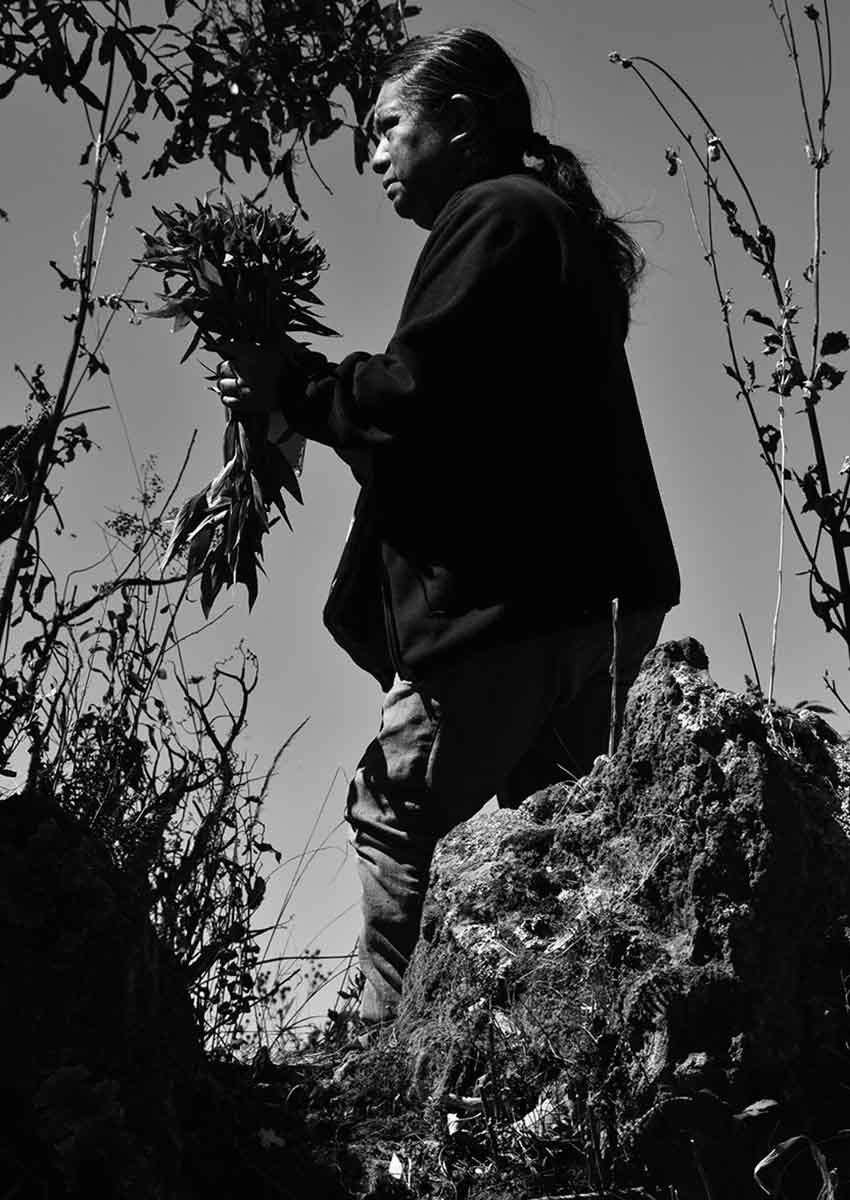
“When [the mushrooms are] found, a person will wash their hands, pray and talk to them,” Hernández said. “The mushroom is a fundamental element for these cultures. We are [saying] that sometimes the human being requires a little help, a push — and this help is through the sacred plants — in this case, hongos sagrados.
“They are ingested to establish contact with other cognitive planes of reality… to enter the plane of the sacred. The hongos sagrados teach them and talk to them. Those who ingest them enter a trance [they call] ‘submerged in the sacred.’ They believe the trance to be something totally sacred and supernatural, the world of the mystery, the world [that’s] unknowable and incomprehensible.”
Graniceros conduct five rituals during the year, all connected to the agricultural cycle. The first, the Blessing of the Seeds, is typically on February 2. This is followed by the Petition for Rain, during the month of May and then the Canicula ceremony, in July; Feast of the First Corn in August and, finally, the Ceremony of Gratitude in November.
Hernández said that the mushrooms are ingested before the rituals.
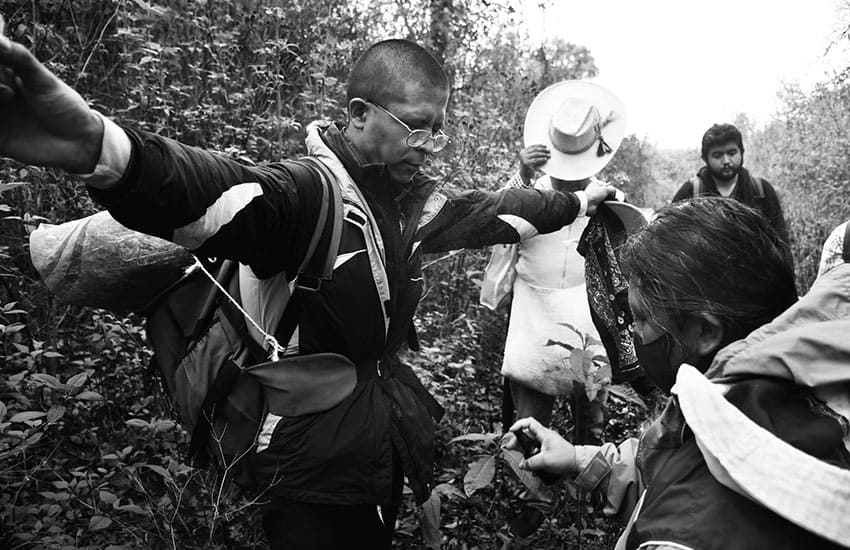
“Three mushrooms is the quantity to eat to attain an altered state,” he said. “I don’t say ‘hallucinate’ because it appears to me that the term is poorly employed. You are going to have a vision.”
Offerings must be brought for each ritual. They are placed in front of a cross — granicero crosses are painted blue, signifying water or rain — or an altar. Different offerings are required for each ritual.
“The vision will reveal… what you need to bring [to the ritual],” said Hernández. “At the beginning of the ritual, they bring the offering — specifically, food, drink and also types of flowers. Paper is very important, maybe because Amecameca means The Place of the Paper. So, in all of the ceremonies, you are going to see paper. Paper is sacred for these cultures.”
In addition to telling the granicero what offerings are required, Hernández said the visions also reveal what the weather during the upcoming seasons will be like.
“Before the rain petition ritual, in the vision, they are going to receive how the season will [be]. That is to say, how the rain will come: moderate, low, high, excessive or, [if] flat-out it won’t rain. The Canícula is a period of much heat where things rot. Consuming mushrooms is done to know things about the season.”
The mushrooms are also used, he said, “To know about the sicknesses. Mushrooms are only used in special cases, [like] for a sickness that can’t be resolved by the community… graniceros are given mushrooms to cure them.”
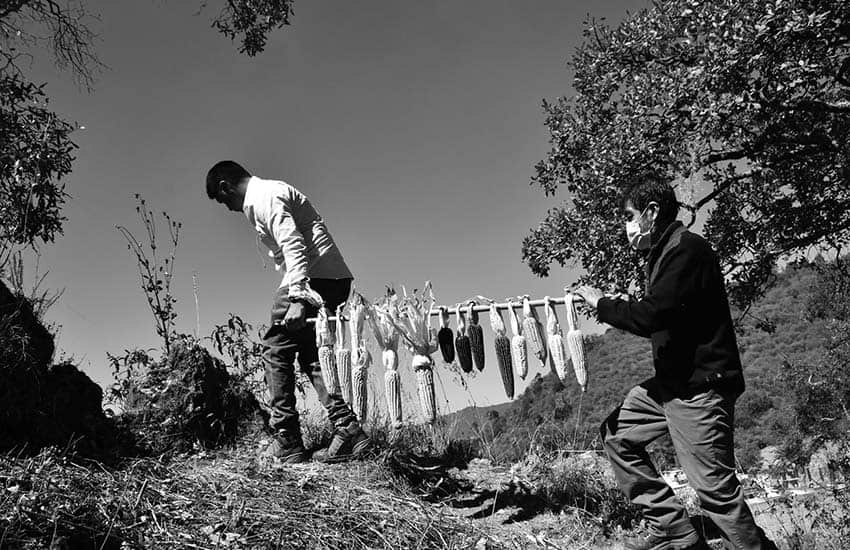
María Sabina, who lived in Huautla de Jiménez, Oaxaca, was one of the most famous of all curanderas. She and other curanderas and curanderos used hongos sagrados during their rituals. Stories about their use in Huautla and other pueblos in Mexico had reached the U.S. and piqued the interest of R. Gordon Wasson, a banker and amateur mycologist, and his wife, Dr. Valentina Pavlovna Wasson, a pediatrician and scientist.
They visited Sabina, and after several attempts to convince her to let them try hongos sagrados, they finally succeeded on June 29, 1955. They published articles about their experiences in Life magazine and elsewhere, prompting rock stars, hippies, people seeking enlightenment and those simply looking for another way to trip, to flood the town.
It was a disaster, not only for Sabina, but for her pueblo, as thousands made their way to Huautla de Jiménez looking for the mushrooms. Residents of Huautla eventually turned against Sabina, burning her house down and subjecting her family to violence. She died destitute.
Too many people were going — and are still going — to Huautla just to get high. As curandero Anselmo García Martínez, Sabina’s great-grandson, put it in an interview for a documentary about Sabina’s life, “They did not respect the mushroom.”
I think Dr. Hernández, when talking about hongos sagrados, put it best: “They can only be used by shamans.”
The photographs printed here are part of “Graniceros From Amecameca,” a project supported in part by the Puffin Foundation.
Joseph Sorrentino, a writer, photographer and author of the book San Gregorio Atlapulco: Cosmvisiones and of Stinky Island Tales: Some Stories from an Italian-American Childhood, is a regular contributor to Mexico News Daily. More examples of his photographs and links to other articles may be found at www.sorrentinophotography.com He currently lives in Chipilo, Puebla.
